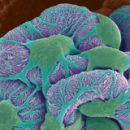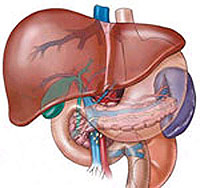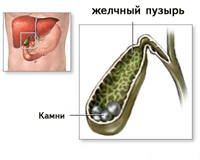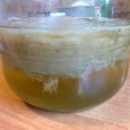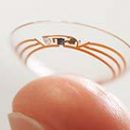Cholecystectomy - the result of gallway disease. However, the operation does not always eliminate the patient from suffering. Pains can be returned as postcholycystectomic syndrome. Classification of this state and causes of its development - in the article.
Content
- When the operation does not eliminate the problem
- Postcholectectomic syndrome: classification
- What to do?
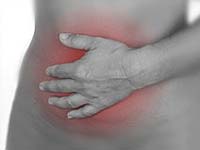 Postcholecistectomic syndrome (PCEC) — The condition evolving in patients with a gall-eyed disease after removing the gallbladder, according to statics occurs in 10-30% of patients. The reasons for many, but combines their one, the manifestation of the PCPs becomes a violation of the tower of bile, pancreatic dysfunction and the deterioration of digestion.
Postcholecistectomic syndrome (PCEC) — The condition evolving in patients with a gall-eyed disease after removing the gallbladder, according to statics occurs in 10-30% of patients. The reasons for many, but combines their one, the manifestation of the PCPs becomes a violation of the tower of bile, pancreatic dysfunction and the deterioration of digestion.
Term «Postcholecistectomic syndrome» Today it is considered obsolete, instead used another, reflecting the essence of pathological changes — «Sphinteer dysfunction ODDI (DSO)».
For reference: Sphinteer Approved, which regulates the bile current from the total bile duct in the duodenum. The pancreas duct is also included in the Sphinteer, it explains why the pancreas in the calculous cholecystitis, the pancreas turns out to be involved in the pathological process.
When the operation does not eliminate the problem
Undoubtedly, the removal of the gallbladder with a ball-name disease — Forced measure that avoids serious complications. But the removal of the gallbladder does not normalize the disturbed metabolic processes, the composition of bile changes little, its fluidity decreases, and the risk of rock formation still remains.
Moreover, cholecystectomy leads to the termination of the production of a special substance, cholecystokinin, is normal in the dysfunction of the gallbladder and affecting the work of the Sphinteer appropriate, regulating its opening and closing. Thus, the operation in some cases causes an increase in the tone of the sphincter Oddi, which entails the difficulty of the bile current and the expansion of hepatic bile ducts, in others — leads to its decrease, continuous flow into the intestines of liquid, weakly concentrated bile and as a result — to violation of digestion. In the latter case, the pathogenic microorganisms in the bile ducts remain open, and therefore the likelihood of infection is increasing.
It is believed that the gallbladder produces special substances involved in the activation of lipase — Pancreatic enzyme, digesting fats. Cholecystectomy leads to insufficiency of the enzyme and disruption of fat digestion.
Postcholectectomic syndrome: classification
In such cases, postcholycystectomic syndrome develops, the classification of this state reflects the paths and causes of its occurrence.
- PHES or sphincter function disorders Approved as a result of the loss of regulating the influence of the gallbladder.
- PHES — As a consequence of the difficulty of the bile and tension of the biliary tract:
- Recurner of choletiasis, that is, the formation of new stones (5-20% of cases),
- «Forgotten» With the operation of the bile duct stones (5-10% of cases),
- Postoperative stenosis (narrowing) duodenal nipple — of the place where the bile and pancreatic ducts fall into the intestines (11-14%),
- The narrowing of bile ducts (6.5-20%).
- PHES — As a result of concomitant diseases of the digestive system organs:
- chronic pancreatitis (up to 65%),
- Ulcerative Disease of the Stomach and 12 Pans (40%),
- Gastroduodenitis (45%),
- Hernia Ecoming Hole Diaphragm (45%),
- Dyskinesia of thin and large intestines (up to 80%),
- Reflux Ezophagitis.
It is believed that only the PCPE of the second group can be associated with the operation, in other cases the cause of the painful state is the defects of the patient's survey before the operation, when some diseases of the digestive system remain out of sight of the doctor and in the future lead to the development of PCEC.
What to do?
First of all, it is important to understand that the operation is aimed at eliminating bile colic and normalization of the jelly current. Treatment of gallstone disease does not end after surgery, careful attitude towards symptoms from the gastrointestinal tract. When pain and discomfort in the abdomen, nausea, vomiting, color change and feces, diarrhea and constipation should be consulted.
In the presence of stones, narrowing bile ducts, stenosis of a duodenal papilla and other organic changes showing a re-operation requiring high surgeon qualifications. In the dysfunction of the Sphinteer dday, conservative treatment is used, including drugs that improve biliary exchanges affecting the sphincter tone normalizing digestion. With accompanying diseases of the digestive organs, treatment tactics are dictated by the nature of pathology.

